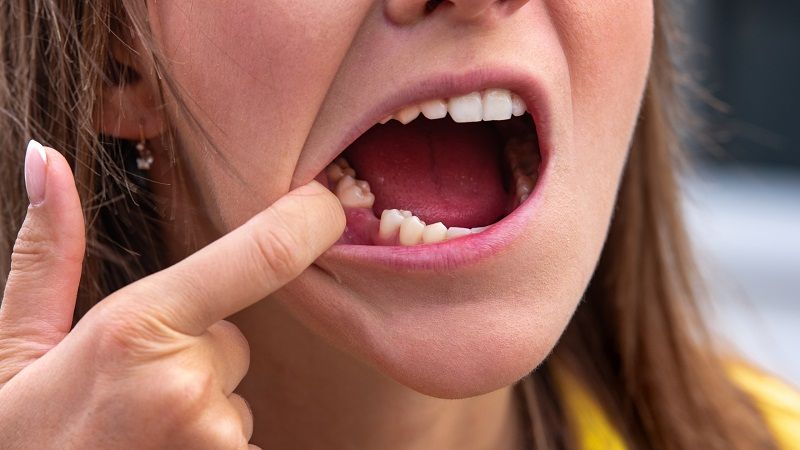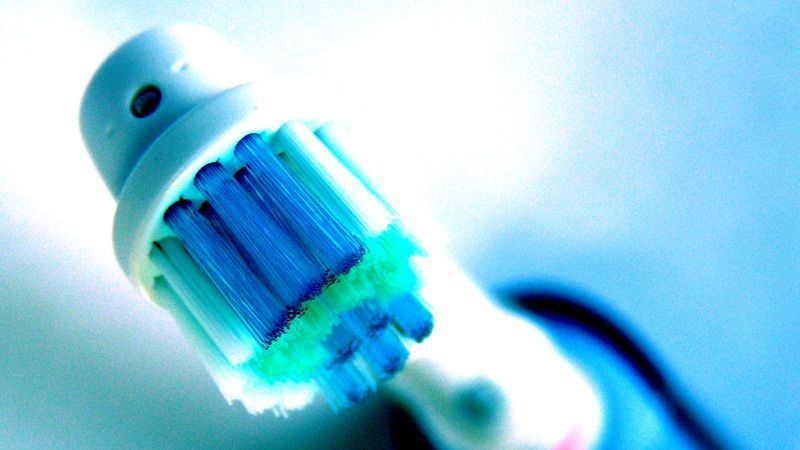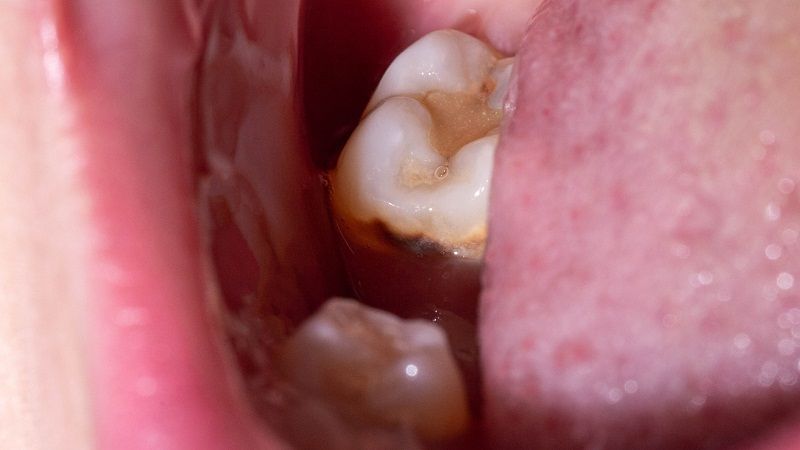
Oral Hygiene After Tooth Extraction
When you undergo tooth extraction, it is important to take care of your mouth properly to avoid complications and promote healing. Proper oral hygiene after tooth extraction can help prevent infections, dry sock

et, and other issues.
In this article, we will provide instructions for oral hygiene after tooth extraction, as well as common problems and solutions that may arise. Following these guidelines can help ensure a smooth recovery and promote oral health.
Instructions for Oral Hygiene after Tooth Extraction
Proper oral hygiene after a tooth extraction is crucial for preventing infections and promoting healing. Here are some guidelines to follow:
First 24 hours:
During the first 24 hours after tooth extraction, it is important to avoid rinsing and spitting, using ice packs, and avoiding smoking.
Avoiding Rinsing and Spitting
Avoid rinsing or spitting for the first 24 hours after tooth extraction. Doing so can dislodge the blood clot that forms in the socket, which can delay the healing process and cause dry socket.
Using Ice Packs
Use ice packs on your face to help reduce swelling and pain. Place the ice packs on your face for 20 minutes at a time, with a 10-minute break in between.
Avoiding Smoking
Avoid smoking for at least 24 hours after tooth extraction. Smoking can cause dry socket, which is a painful condition that occurs when the blood clot in the socket becomes dislodged.
After 24 hours
After 24 hours, you can start gently rinsing with salt water, using a soft-bristled toothbrush, avoiding hard foods and drinks, and using pain relievers as needed.
Gently Rinsing with Salt Water
Mix one teaspoon of salt with eight ounces of warm water and rinse your mouth gently with this solution. Do this after meals and before bed to help keep the extraction site clean.
Using a Soft-Bristled Toothbrush
Use a soft-bristled toothbrush to clean your teeth, but avoid brushing the extraction site for the first few days. Be gentle when brushing to avoid irritating the area.

Avoiding Hard Foods and Drinks
Avoid hard and crunchy foods, such as chips and nuts, and hot or cold drinks for the first few days after tooth extraction. Stick to soft foods, such as soup, yogurt, and mashed potatoes.
Using Pain Relievers as Needed
If you experience pain or discomfort, take over-the-counter pain relievers, such as ibuprofen or acetaminophen, as directed.
Common Problems and Solutions
Despite following proper oral hygiene instructions, complications can still occur after tooth extraction. Here are some common problems and their solutions:
Dry Socket:
A dry socket is a painful condition that can occur after tooth extraction when the blood clot in the socket becomes dislodged or dissolves too early. This can cause the bone and nerves in the socket to be exposed, resulting in pain and discomfort.
Explanation of Dry Socket
Dry socket occurs when the blood clot in the socket does not form properly or becomes dislodged, exposing the bone and nerves.

Symptoms
Symptoms of dry sockets include severe pain that radiates to the ear, a bad taste or smell in the mouth, and visible bone in the socket.
Treatment
Treatment for dry sockets may involve flushing out the socket to remove any debris or bacteria and applying a medicated dressing to promote healing. Pain relievers may also be prescribed.
Infection
Infection can occur after a tooth extraction if bacteria enter the socket or surrounding tissues.
Explanation of Infection
Infection can occur when bacteria enter the extraction site or surrounding tissues.
Symptoms
Symptoms of infection include fever, swelling, redness, pus or discharge from the extraction site and a foul taste or smell in the mouth.
Treatment
Treatment for infection may involve antibiotics, flushing out the socket to remove any debris or bacteria, and applying a medicated dressing to promote healing.
Conclusion
Proper oral hygiene after a tooth extraction is crucial for preventing complications and promoting healing. By following the guidelines for oral hygiene outlined in this article, you can minimize the risk of infection, dry sockets, and other issues. If you experience any problems, such as a dry socket or infection, seek prompt treatment from your dentist or oral surgeon. With proper care and attention, you can ensure a smooth recovery and promote oral health.
FAQs
How soon can I brush my teeth after tooth extraction?
You can start gently brushing your teeth the day after tooth extraction, but avoid brushing the extraction site for the first few days.
Can I use mouthwash after tooth extraction?
It is best to avoid using mouthwash for the first 24 hours after tooth extraction. After that, you can rinse with salt water or a mild saltwater solution to help keep the extraction site clean.
How long does it take for the socket to heal after tooth extraction?
The socket can take several weeks to fully heal after tooth extraction, depending on the extent of the extraction and individual healing time.
What should I do if I experience pain after tooth extraction?
If you experience pain or discomfort after tooth extraction, take over-the-counter pain relievers, such as ibuprofen or acetaminophen, as directed. If the pain persists, contact your dentist or oral surgeon.
How can I prevent dry socket after tooth extraction?
To prevent dry sockets, avoid smoking, rinsing, or spitting for the first 24 hours after tooth extraction, and follow proper oral hygiene instructions. If you experience symptoms of dry sockets, such as severe pain, contact your dentist or oral surgeon for treatment.
References
American Dental Association. (2018). Tooth extraction. Retrieved from https://www.mouthhealthy.org/en/az-topics/e/tooth-extraction
American Association of Oral and Maxillofacial Surgeons. (2019). Instructions following tooth extraction. Retrieved from https://www.aaoms.org/docs/practice_resources/patients/patient_information/extractions.pdf
Mayo Clinic. (2020). Tooth extraction. Retrieved from https://www.mayoclinic.org/tests-procedures/tooth-extraction/about/pac-20395122
National Institute of Dental and Craniofacial Research. (2018). Tooth extraction. Retrieved from https://www.nidcr.nih.gov/health-info/tooth-extraction
The Journal of the American Dental Association. (2016). Patient information: After a tooth extraction. Retrieved from https://jada.ada.org/article/S0002-8177(16)00037-2/fulltext
Appreciate the creator